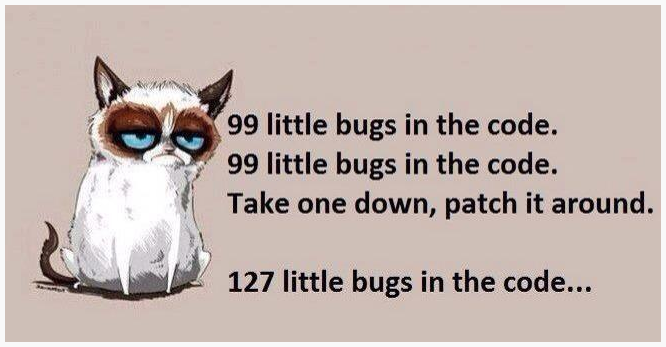

- Intelligence

Computer Vision
Speech & Audio
Big development
document intelligence

Equations Work delivers sophisticated intelligent IT services to enhance your business acumen.
- Services

Services
Experience how Equations work is making impossible possible. Discover the possibilities of artificial intelligence with Equations work.

- Products & Platform

Products & Platforms
We are the software company that builds world class products using our own software services – because we know best! Our software is efficient, reliable and always up to date with the latest trends, so you can rest assured that your product will always be on the cutting edge. Let us help you bring your vision to life! Here are a few products from our own stables!

- About Us

About US
Experience how Equations work is making impossible possible. Discover the possibilities of artificial intelligence with Equations work.

- Resources

Resources
Experience how Equations work is making impossible possible. Discover the possibilities of artificial intelligence with Equations work. Check out our Blogs and whitepapers !!
 Click edit to change this text. Lorem ipsum dolor sit amet...
Click edit to change this text. Lorem ipsum dolor sit amet... - Contact





